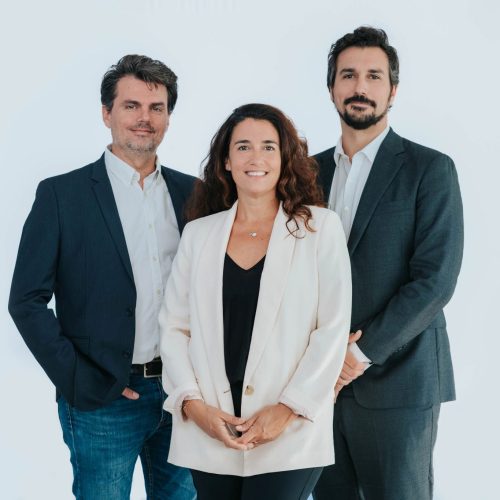Towards a global protection strategy
Why combine human, electronic, technological and cyber security?
Intrusion, industrial espionage, theft and destruction, fire, attack - all these threats, which regularly make the headlines in the media, are also daily concerns for the vast majority of businesses. The nature of risks is also changing, with the rise of cyber attacks and the emergence of new tools such as AI and drones. These developments call for a global approach to security, and the adoption of a protection strategy combining physical and technological protection.
Security specialist Onet promotes this 360° vision of protection for businesses, and innovates to offer tools and solutions that facilitate the convergence of human, electronic, technological and cyber security. Fabienne Pillet, General Manager, Electronic Security, Human Security & Hospitality Onet Security and Eric Jougla, Director, Expertise and Innovation.
- - Onet Security
What are the main risks you fear for your company?

When asked this question, entrepreneurs around the world put cybersecurity incidents (at 34%) at the top of the list. But beyond the cyber risks that regularly make the headlines, companies are globally faced with a growing number of risks to their employees, their assets, their sites...
Added to the challenge of protection is the issue of recruitment in the security sector, which is struggling to attract candidates. For companies today, the issue of security and protection is crucial. And the answer lies in adopting a global approach, bringing together human and electronic security.
The Olympic Games and the proliferation of security guard recruitment advertisements have highlighted an issue for many companies: that of a growing imbalance between their protection needs and the number of candidates ready to enter the security sector.
The sector suffers from a lack of attractiveness, which has become even more pronounced since the health crisis. What's more, the - necessary - regulatory oversight of the profile of potential candidates, with, for example, the professional card issued by the Conseil national des activités privées de sécurité (CNAPS), limits the conditions of access to this profession.
At the same time, security challenges are evolving in step with societal and technological change, with cyberattacks at the forefront. Companies are the main victims of these threats. According to a study by Asterès, computer attacks will cost French businesses at least 2 billion euros by 2022.
Beyond these sometimes highly publicized attacks, the question of the physical security of a company, its staff, goods, documents and facilities is always topical. According to Medef, the July 2023 riots in France cost companies 1 billion euros.
And according to figures from the French Ministry of the Interior, French businesses were the victims of 58,500 burglaries in 2021.
This trend was reinforced last year when, according to the same source, " almost all recorded delinquency indicators were up in 2022 compared to the previous year ".
Between recruitment difficulties and growing protection needs, companies are faced with a real challenge, and the answer lies in innovation and the ability to reinvent security.
These challenges require companies to rethink their approach to protection, bringing together human, electronic and cyber security.
And they have everything to gain.
Companies
Adopt a global security strategy
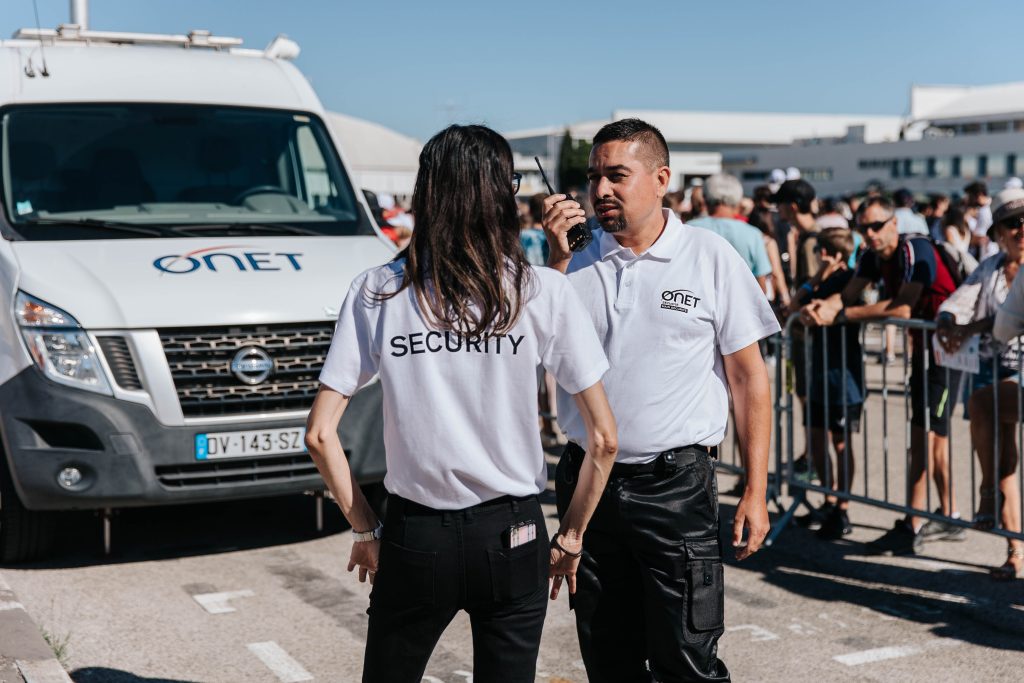
The first advantage of this convergence is its ability to raise the quality of protection.
Electronic protection, a veritable tool available to the men and women of the security profession, deploys a wide range of solutions that have become indispensable: video protection systems, access control, intrusion detection systems using increasingly efficient sensors (laser, thermal, seismic, acoustic, robotic, etc.).
True day-to-day protection tools, electronic systems can be adapted to specific contexts (security postures), and to the specific features of the sites where they are deployed (sensitive, difficult to access, extensive...), offering 24/7 efficiency.
At the same time, the human security system can handle alarm response, identity control and screening, or fire surveillance and risk management.
The presence of security guards is also often essential in places that receive the public, where they play a preventive, informative and rescue role.
Human security and electronic security are complementary and should not be seen as opposites, but as part of a global protection strategy.
The aim is to provide optimum security, based on the threats, the security context and the challenges of the site to be protected.
Towards a change
in the management of security issues within companies
Faced with evolving risks, more and more companies are realizing the need for convergence between human and electronic security.
A study carried out by ASIS International, an international association of security and safety professionals, revealed that 40% of companies felt that this convergence enabled greater alignment with their security objectives.
At the same time, many companies have decided to review the organization of their general management to integrate the safety-security function - this is the case for over 74% of them, according to a CDSE study.
This development reflects the central role played by this function in companies' ability to anticipate, prevent and protect against loss of value.
However, despite this growing awareness, many companies still manage human and technological security issues separately on a day-to-day basis.
Today's businesses urgently need to adopt a global protection and security strategy to improve efficiency.
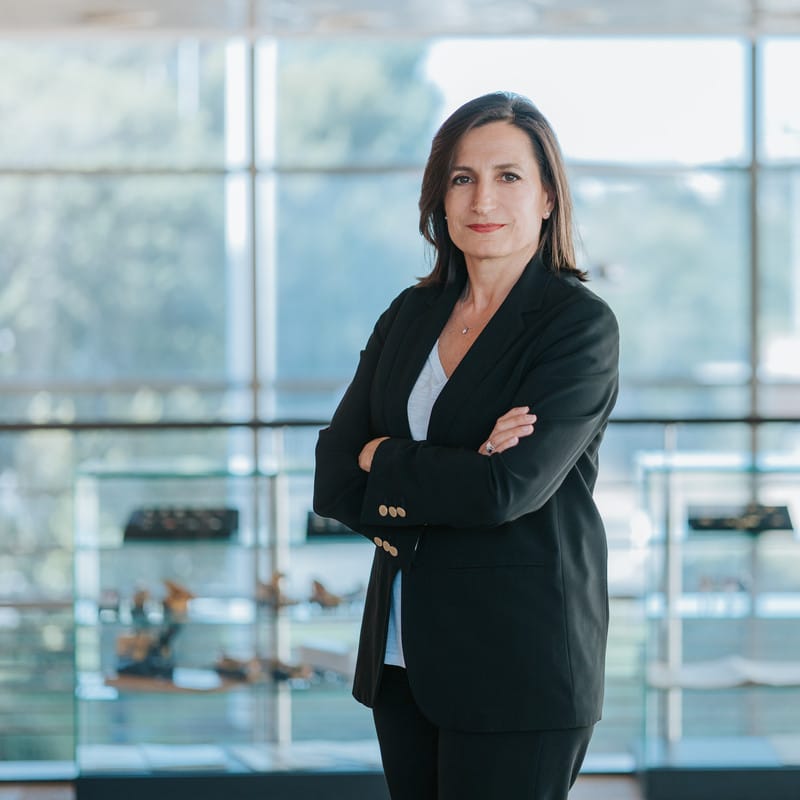
We still see too many customers separating human and electronic security, with different calls for tender, or even managing these issues through different departments. However, we are convinced that security performance requires a global approach. Not only does this enable protection to be tailored to the challenges of our time, but this convergence is also a strong and relevant response to the economic and human resources issues inherent in security issues.
Fabienne Pillet, General Manager, Electronic Security, Human Security & Hospitality Onet Security
A high-performance , pragmatic approach to safety
In a context of general economic slowdown and inflation, the convergence of human and electronic security is a powerful lever for optimizing the security budget while raising the level of protection.
How?
Thanks to a single point of contact, we are able to propose a tailor-made protection offer, combining agents, electronic systems and technological solutions (drones, robots...), and perfectly sized to the specific needs of each company and each site, according to criteria such as the presence of the public, the size of the sites, their sensitivity, the need for 24-hour surveillance...
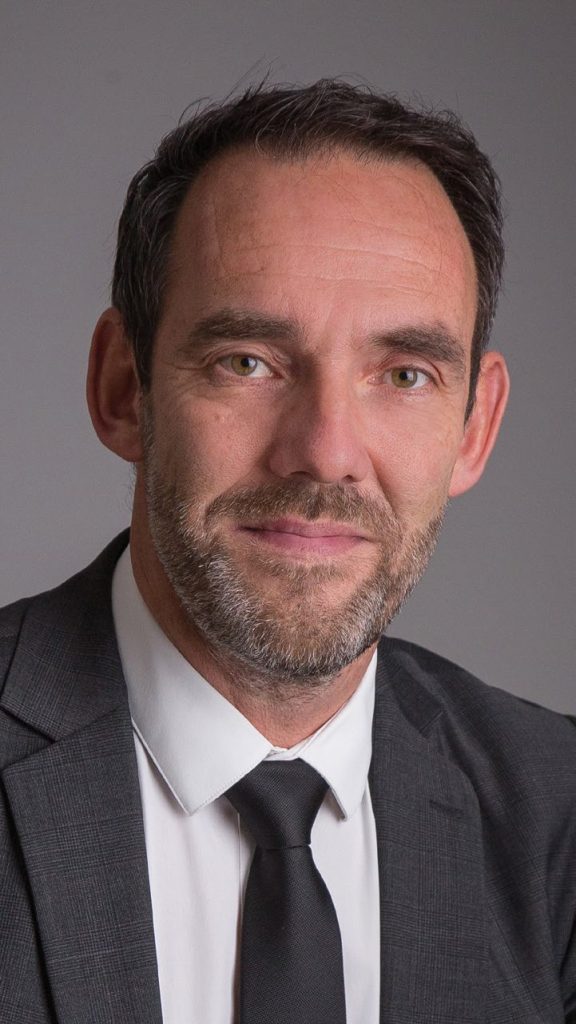
At Onet Security, our aim is to offer tailor-made protection, combining human, technological and organizational solutions, and always putting people at the heart of the process. We carry out on-site diagnostics to precisely identify the context and the issues at stake, so as to provide an economically pragmatic, technologically credible and high-performance solution. Our aim is to optimize systems and their interactions as part of a global approach to safety. The contribution of technology thus enables human resources to be redeployed on more relevant and rewarding missions. This ability to adapt security solutions to the challenges facing companies is the strength of our experience and expertise.
Éric Jougla, Expertise and Innovation Director Onet Security
Developing the
surveillance and protection professions
In terms of recruitment and the sector's attractiveness, the convergence of human and technological security is driving changes in the surveillance professions. Electronic systems can take over repetitive or low value-added tasks.
Agents are thus assigned higher value-added tasks linked, for example, to the analysis of information from electronic protection systems, or involving relations with the public, employees and so on. All of which adds an extra dimension to the appeal of these professions.
This trend is set to intensify in the years ahead, with the exponential development of video surveillance, the emergence of new technologies such as drones and surveillance robots, and the use of artificial intelligence.
These innovations will profoundly transform certain security professions, requiring more advanced technological expertise.
The use of technology and electronic systems is also helping to reduce the risks to which agents are exposed when deployed on "high-risk" sites (chemical, petrochemical, industrial, laboratory).
Once again, this is an important factor in the attractiveness of the sector.Claude Defarges, Operations Manager Onet Security
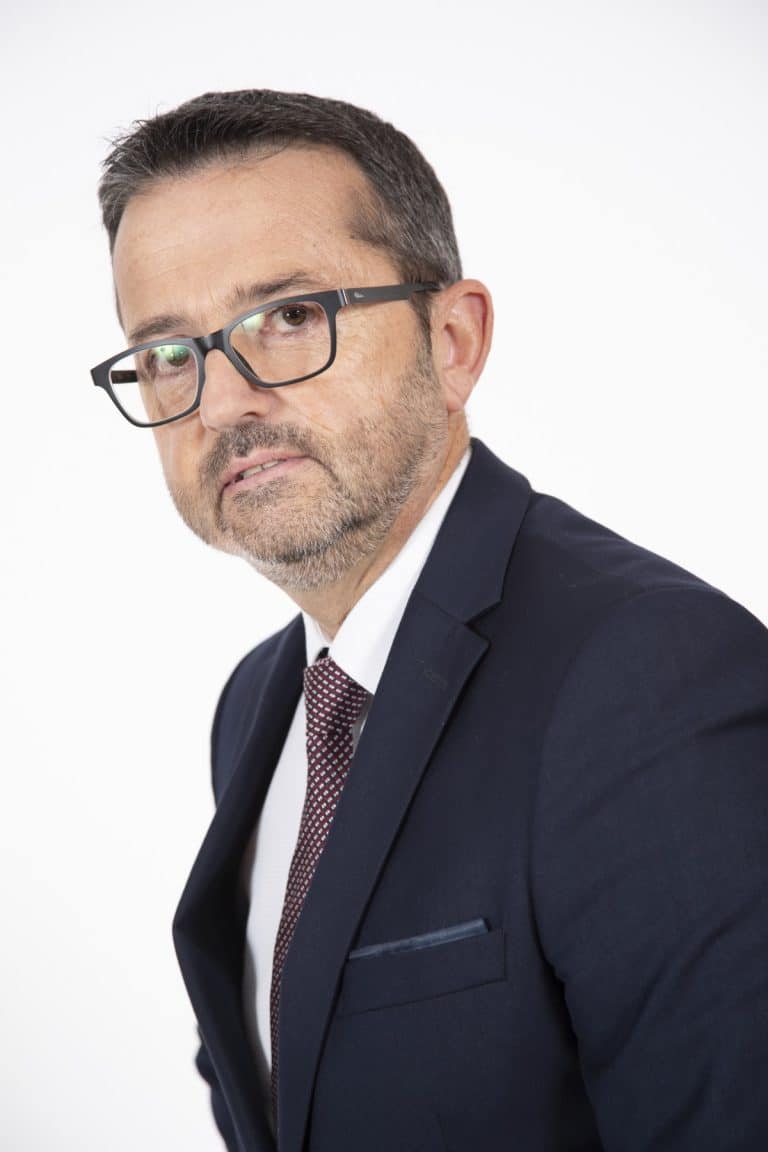
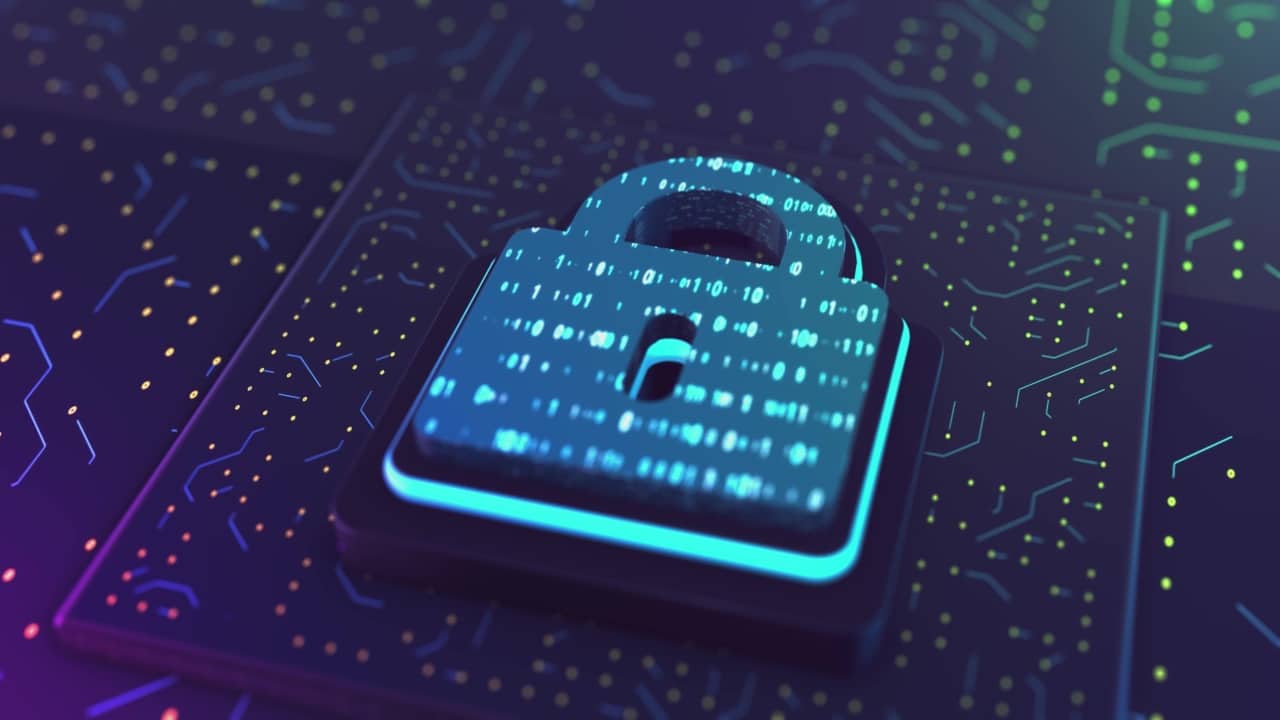
Cybersecurity,
a cross-functional issue
Faced with the rise in cyberthreats, of which companies are the main victims, the convergence of human and electronic security means that we can think globally about cybersecurity issues and implement a policy that is commensurate with these threats. And with the new European NIS2 regulations and the ISO27001 standard, the regulatory and standards environment is also encouraging companies to adopt this approach.
Dealing with cyberthreats across the board is one ofOnet Security's convictions. Electronic protection networks need to be designed with cyber risks in mind, and security guards need to be trained in how to deal with these risks in their day-to-day missions. Indeed, as Verizon's Data Breach Investigations Report 2023 reminds us, based on the analysis of 5,199 proven compromises in 2022, 74% of them involve the human factor (social engineering, errors, abuse, etc.). Hence the importance of addressing this issue from both an electronic and a human perspective.
Not only do we offer training on these risks with experts in cyber protection, but we also take into account the rapid evolution of these threats. Cybercrime is constantly evolving, and we integrate this into our approach. So we aim to offer regular training on these subjects to both our security guards and our electronic security technicians, and ensure that our protection and surveillance systems are always able to counter this risk.
Eric Jougla
Innovation, accelerating convergence
between people and technology
In this necessary convergence around security, innovation plays the role of gas pedal, strengthening human-technology collaboration. This is exactly what is taking shape with the emergence of surveillance robots and drones.
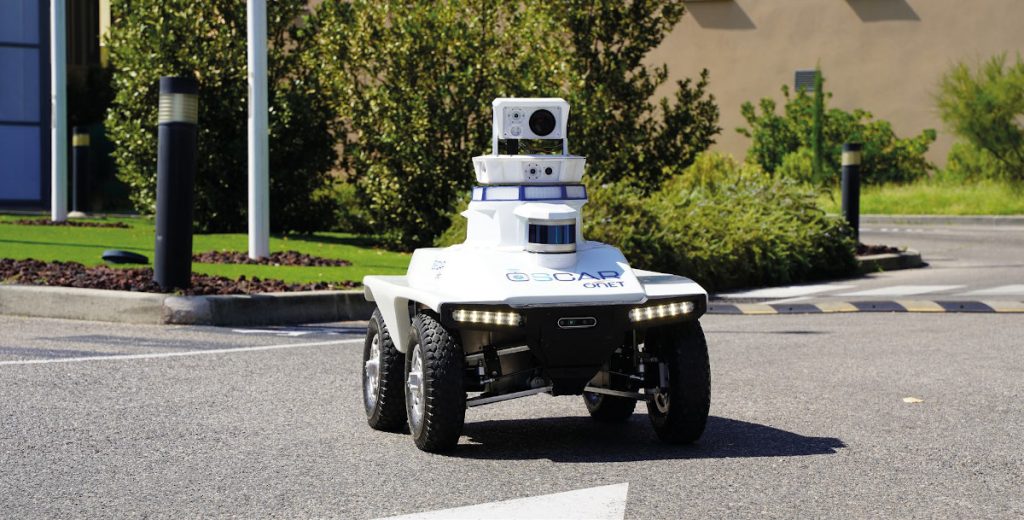
Onet Security together with an industrial partner, has developed a land surveillance robot.
This robot, named Oscar™, has a 10h autonomy capacity and carries out surveillance runs.
The robot provides agents with relevant information identified along its route according to predefined criteria: human intrusion into a prohibited zone, vehicle parking in an unauthorized area, high gas levels, etc.
And the video streams and alarms captured by the robot can be integrated into the site supervision system, or an off-site hypervisor, for rapid analysis by video surveillance officers.
By filtering relevant information, Oscar™ optimizes the surveillance system and allows agent interventions to be limited to alarm situations only.
For aerial surveillance, drones are also set to become increasingly common on large-scale or sensitive sites. Equipped with reconnaissance and motion detection capabilities, these autonomous devices can complement and reinforce existing surveillance systems.
Innovation is a powerful lever for optimizing monitoring systems and collaboration between people and technology. At Onet Security, we also know that innovation only makes sense if it meets our customers' challenges and the needs of their sites. We offer innovative, pragmatic and practical solutions.
Fabienne Pillet
Other innovation
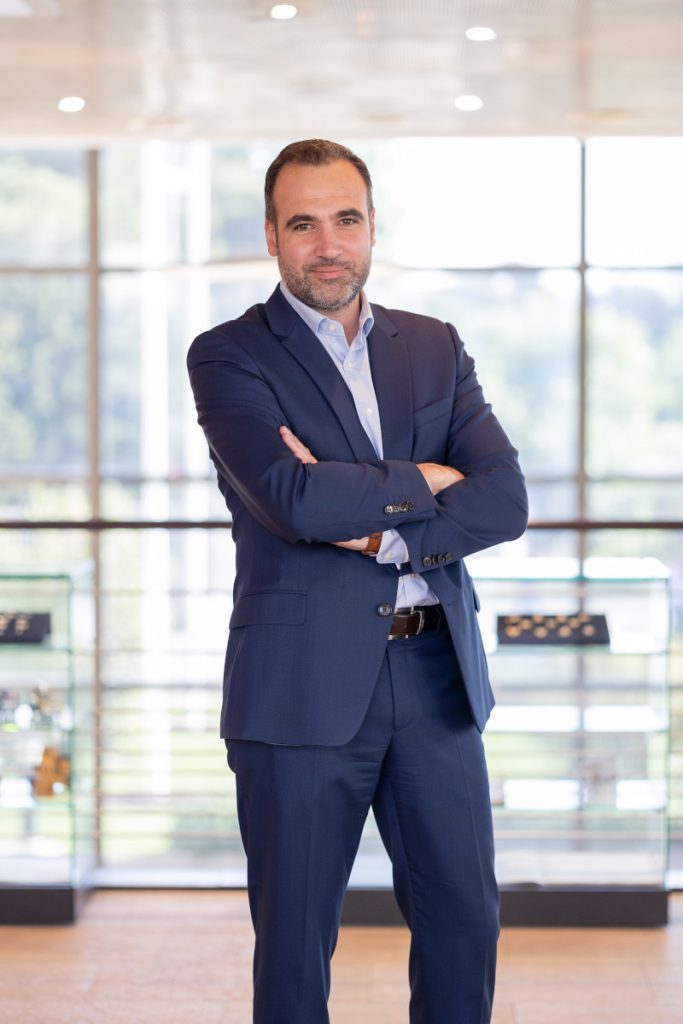
Onet Security is currently developing a new electronic security center that will take the integration and cybersecurity of all these systems even further.
The emergence of artificial intelligence and its possibilities in terms of image recognition, on-board intelligence and situation-specific response capabilities will further strengthen this human-technology convergence.Lauris Bonnet, Director of Operations and Sales,Onet Security Telem
AI is authorized for the first time in France as part of the 2024 Olympic Games.
Video protection with algorithms enables us to detect crowd movements or atypical behavior, and to pass this information on to the police. Thanks to these tools, they have better situational awareness, and only process relevant information.
This is a first in France, and opens up a whole new world of innovation in safety.
